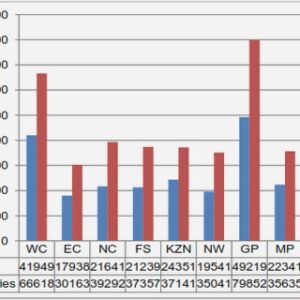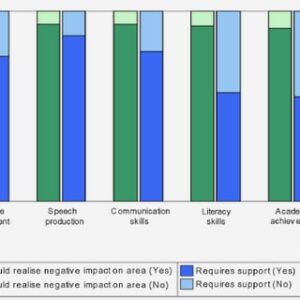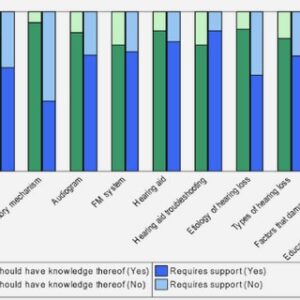(Downloads - 0)
For more info about our services contact : help@bestpfe.com
Table of contents
1 Literature review and Mathematical tools
1.1 The cacao tree: Theobroma cacao
1.1.1 Origin and importance
1.1.2 Characteristics of agroforests in Cameroon
1.1.3 Phenology and physioloygy of cacao tree Theobroma cacao
1.1.4 Diseases and bugs of T. cacao
1.2 Cacao mirids
1.2.1 The cacao mirid: Sahlbergella singularis
1.2.1.1 Presentation of Sahlbergella singularis
1.2.2 Life cycle of S.singularis
1.2.3 Biology of S. singularis
1.2.3.1 Development of S. singularis
1.2.3.2 Mating, reproduction and egg-laying
1.2.3.3 Feeding behavior of S. singularis
1.2.4 Ecology of S.singularis
1.2.4.1 Estimated mirid populations in plots
1.2.4.2 Seasonal variations of mirids populations
1.2.4.3 Dispersal availability of S. singularis
1.2.5 Interaction between mirids and cacao in agroforests.
1.2.6 Damage caused by mirids
1.2.6.1 Effects of the action of mirids on the growth of cacao tree
1.2.6.2 Impact of the action of mirids on the development of cherelle: Cherelle withered .
1.2.7 Natural enemies and control S. singularis
1.2.8 How to control S. singularis?
1.3 Problematic
1.4 Dynamical systems
1.4.1 Theory of delays differential equations (DDE)
1.4.1.1 Generalities
1.4.1.2 Useful results about delays differential equations
1.4.2 Theory of monotone dynamical systems
1.4.2.1 Cooperative systems
1.4.2.2 Cooperative systems with concave nonlinearities
1.4.2.3 Cooperative delayed systems
1.4.3 Theory of piecewise dynamical systems
2 Mathematical modelling of the time evolution of Sahlbergella singularis: Application to control’s improvement
2.1 The ODE model with constant parameters
2.1.1 Formulation of the model
2.1.2 Study of the ODEs model
2.1.3 Sensitivity analysis
2.1.4 Mirid system with periodic coefficients
2.2 A model with delays
2.2.1 Sensitivity analysis
2.2.2 Numerical simulation
2.3 Application to control strategies
2.3.1 Chemical control
2.3.2 Semio-chemical control
2.3.3 Comparative study between chemical control and semio-chemical control
3 Miridae control using sex-pheromones, trapping. Modeling, analysis and simulations.
3.1 A sex-structured model of mirid population
3.2 Control using mating disruption and trapping
3.2.1 Case with Male abundance: M > F + Fp
3.2.2 Case with male scarcity: M < F + Fp
3.2.3 Study of the bifurcation for the threshold F p and F p .
3.2.4 Long term behaviour of system (3.2) when Fp > 0
3.2.5 Control strategy related to the level of infestation of Mirids
3.2.6 Applications – Numerical simulations
3.3 About mating disruption strategy when the pods carrying capacity is periodic
3.3.1 Periodic case – Simulations
3.4 Conclusion
General Conclusion
.1 Equilibria of Linear and Non-linear Systems
.2 Stability of solutions and bifurcations
.2.1 Basic offspring number
.2.2 Bifurcation
.3 Irreducible Cooperative Systems
.4 Uniform persistence theory
Bibliography




